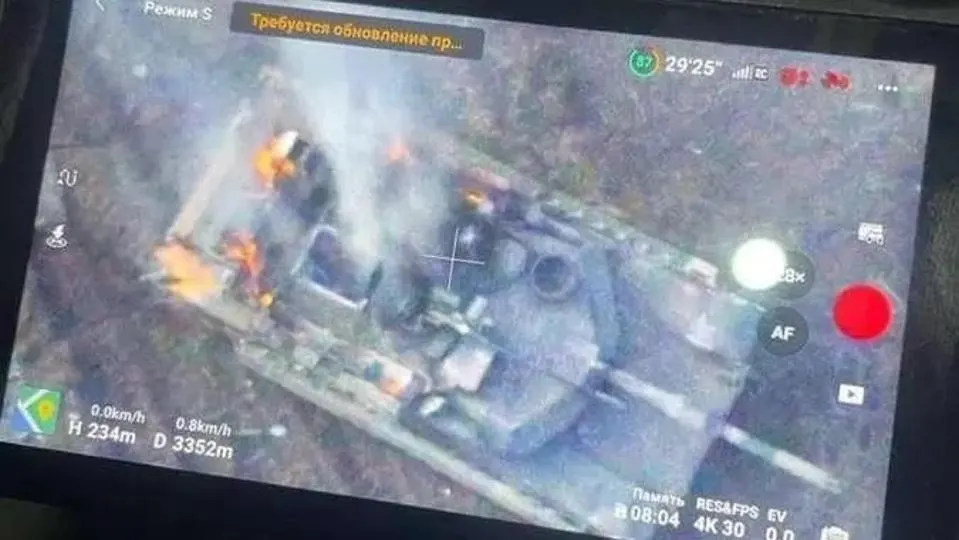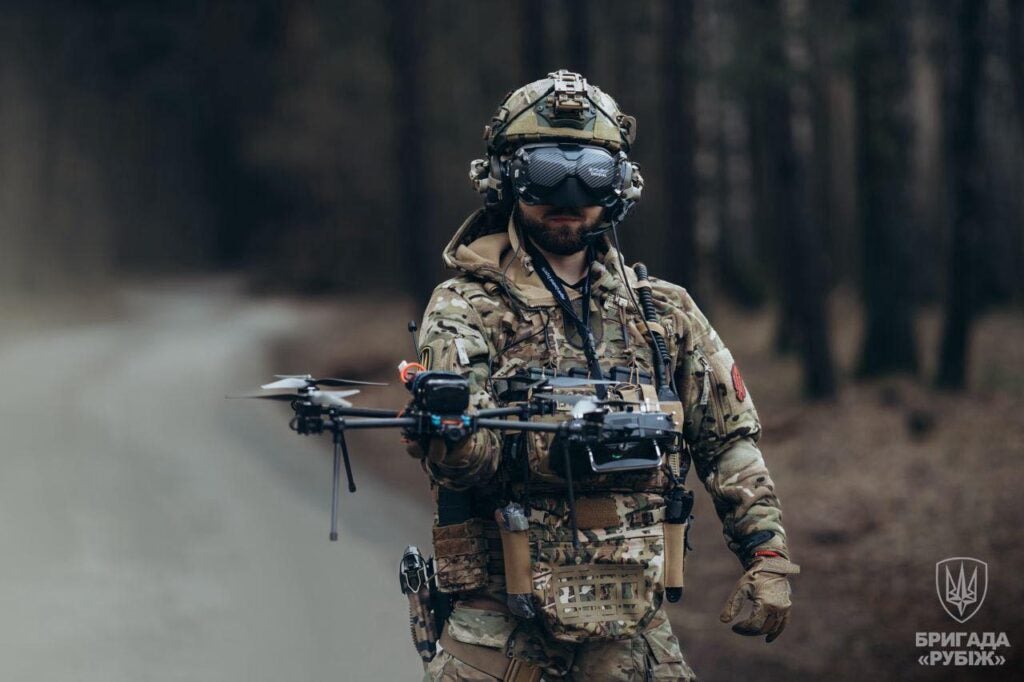Is Russia Overtaking Ukraine’s FPV Drone Advantage?
The war in Ukraine has continued for more than two years now. Since the beginning of hostilities in February 2022, the dynamics of the conflict and tactics have evolved rapidly. One of the most prominent differences compared to past conflicts is the extensive use of small drones (UAVs) by the Ukrainian Armed Forces. The small, yet very cost-effective, weaponized unmanned aerial vehicles have managed to wreak havoc and chaos among Russian ranks. Many videos have gone viral on social media platforms initially featuring drones dropping munitions on men and materiel and more recentlyexpendable, ‘kamikaze’ first person view (FPV) drones with explosive payloads have risen to prominent. It now appears that Russian forces have began to close the gap and are beginning to introduce significant numbers of FPV combat drones themselves.
Before any further conclusions are drawn it must be noted that Ukrainian dependence on FPV drones grew organically from a shortage of sophisticated anti-tank and artillery munitions. While the Ukraine Armed Forces have already used large numbers of anti-tank guided missiles, from platforms including Stugna-P, Javelin, and TOW, the availability and cost-effectiveness of FPV drones equipped with shaped charge warheads, has seen them take a prominent, essential role.
The analysis of the Ukrainian outlet Defense Express raises some concerns over the increase in the use of drones by Russia. In the last few months an increase in the use of FPVs by the Russians against Ukrainian infantry and positions has been noted. Russian claims vary, but suggest that Russia’s defense industry is aiming to provide between 100,000 and 300,000 new FPVs a month. As it stands Ukraine still has an advantage in the overall number of FPVs fielded, but if the situation remains unchanged, Russian production may outrun what the Ukrainian Armed Forces can field.
Yet numbers are not the only concern. Russians are reportedly increasing their electronic warfare (EW) capabilities against Ukrainian drones. Russians have indeed some contemporary issues with jamming operations as they tend to also immobilize their FPVs, however, according to Samuel Bendett, of the Center for Naval Analyses, they managed to switch frequencies of their drones to enable operations under active EW assets. Ukraine is visibly lacking such EW means which could lead to the loss of critical systems such as radars and anti-aircraft defenses to FPVs and drones. In recent weeks we have already seen the Ukrainian loss of a number of valuable vehicle assets such as M1A1 SA Abrams.

Ukraine’s minister for digital transformation, Mykhailo Fedorov, recently told press that with additional support from allies Ukraine could fabricate 2 million drones a year – double the current rate of production. He noted that surplus manufacturing capacity exists but is not yet utilised due to a lack of available funds. Earlier this year President Zelensky announced the ambitious aim of Ukraine building 1 million drones of various types.
Whether Ukraine loses in this field does not mean that the war will be lost, but the consequences with certainly have an impact. Ukrainian air defenses were recently deprived of a Patriot system battery due to detection by a Russia drone. Such damage will pose more implications on the already difficult situation as the war enters yet another Spring phase on the Ukrainian steppe which will see the operational tempo increase.
Cover picture courtesy of Rubizh Brigade, Armed Forces of Ukraine via Ukrainian MoD.

